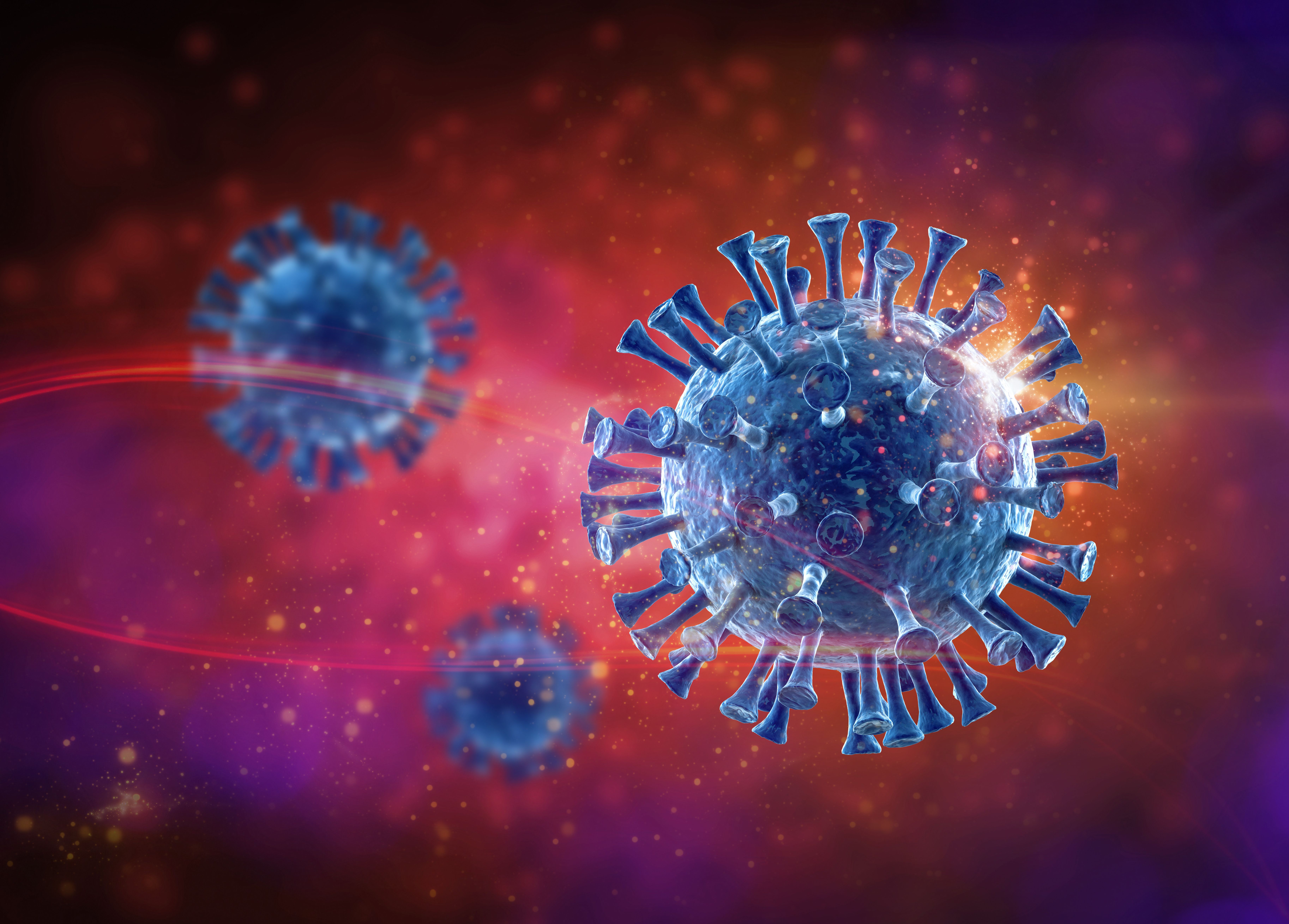Article Highlights
- A recent review article outlined the evolution of Covid-19 detection methods from early RT-PCR assays to the exploration of alternative techniques such as LAMP, CRISPR, and RPA.
- Lead author Sur and his team proposed spectroscopy as a game-changing alternative to traditional RT-PCR assays for Covid-19 detection due to its speed, precision, and potential for revolutionizing diagnostic protocols.
- The review article comprehensively explores various spectroscopy-based detection protocols, highlighting vibrational spectroscopic techniques, which can interpret molecular vibrations to detect viral or antibody proteins.
- Spectroscopic techniques not only enable swift virus identification but also offer insights into mutation rates crucial for drug and vaccine development.
The COVID-19 pandemic, caused by the novel coronavirus SARS-CoV-2, emerged in December 2019 in Wuhan, China. The virus quickly spread globally, leading the World Health Organization (WHO) to declare it a pandemic on March 11, 2020. The pandemic uprooted daily life for most around the world, with many seeing consequential effects on the economy and the mental and physical health of millions of human beings.
Early in the Covid-19 pandemic, researchers focused on figuring out solutions to rapidly detect Covid-19 to stop the carrier from spreading the virus to others. Early efforts concentrated on using reverse transcription-polymerase chain reaction (RT-PCR) to detect the presence of Covid-19 (1). Other techniques were also explored, such as loop-mediated isothermal amplification (LAMP), clustered regularly interspaced short palindromic repeats (CRISPR), and recombinase polymerase amplification (RPA) (1).
Read More: Catching Covid: Rapid Spectroscopic Methods Show Promise
A recent article published in Emergent Materials reviewed advancements in this space and looked at the challenges in using these methods to detect Covid-19. Lead author Ujjal Kumar Sur from the University of Calcutta and his team have studied the progress made in developing rapid detection methods for the deadly SARS-CoV-2 virus (2). Their review article highlighted how spectroscopic techniques can be used in swiftly identifying and monitoring the virus.
Since its emergence in Wuhan, China, in December 2019, the novel coronavirus has posed a formidable threat to global health. Prompt identification of the virus is crucial in containing its spread and curbing the pandemic's impact. Although real-time RT-PCR assays remain the gold standard for detection, they require expensive equipment and trained personnel, along with a relatively long processing time (2).
Sur and his team proposed an alternative approach utilizing spectroscopy, a method known for its speed and precision in identifying molecular structures. Spectroscopic techniques offer a promising avenue for rapid detection of SARS-CoV-2, potentially revolutionizing diagnostic protocols (2).
Their review article comprehensively outlines various spectroscopy-based detection protocols, describing the development of innovative sensors, biosensors, and diagnostic kits tailored for Covid-19 detection. The review article first touches upon vibrational spectroscopic techniques such as nuclear magnetic resonance (NMR), Raman spectroscopy, and infrared (IR) spectroscopy, explaining that these analytical techniques can interpret molecular vibrations of chemical structures and detect viral or antibody proteins (2). The spectrum obtained from IR and Raman spectroscopy can then be analyzed and contribute to detecting the glycoproteins and nucleic acids of viruses, including Covid (3–5).
Spectroscopic techniques not only enable swift identification of the virus, but they also provide insights into its mutation rates. Understanding these mutations is crucial for the development of antiviral drugs and vaccines tailored to combat evolving strains of the virus (2). With their non-invasive nature and rapid turnaround times, spectroscopic techniques hold promise for widespread deployment in screening and surveillance efforts worldwide (2).
Sur and his team's research underscores the importance of interdisciplinary collaboration and the relentless pursuit of scientific innovation in overcoming global health challenges. Research into detecting Covid-19 continues today, despite the pandemic being over. The U.S. National Institutes of Health (NIH) launched their Researching Covid to Enhance Recovery (RECOVER) initiative, which is investigating the effects of long Covid (6).
In the quest to control the spread of Covid-19, advancements in diagnostic technology are crucial. Spectroscopic techniques offer a potential solution to improving virus detection.
This article was written with the help of artificial intelligence and has been edited to ensure accuracy and clarity. You can read more about our policy for using AI here.
References
(1) Luo, Z.; Ang, M. J. Y.; Chan, S. Y. Combating the Coronavirus Pandemic: Early Detection, Medical Treatment, and a Concerted Effort by the Global Community. Res. (Wash D.C.) 2020, 2020, 6925296. DOI: 10.34133/2020/6925296
(2) Sur, U. K.; Santra, C. Spectroscopy: A Versatile Sensing Tool for Cost-effective and Rapid Detection of Novel Coronavirus (COVID-19). Emergent Mater. 2022, 5 (2), 249–260. DOI: 10.1007/s42247-022-00358-y
(3) Khan, R.S.; Rehman, I. U. Spectroscopy as a Tool for Detection and Monitoring of Coronavirus (COVID-19). Expert Rev. Mol. Diagn. 2020, 20, 647–649. DOI: 10.1080/14737159.2020.1766968
(4) Movasaghi, Z.; Rehman, S.; Rehman, I. U. Fourier Transform Infrared (FTIR) Spectroscopy of Biological Tissues. Appl. Spectrosc. Rev. 2008, 43, 134–179. DOI: 10.1080/05704920701829043
(5) Lin, S. Y.; Li, M. J.; Cheng, W. T. FT-IR and Raman Vibrational Micro-spectroscopies Used for Spectral Bio-diagnosis of Human Tissues. Spectroscopy 2007, 21, 1–30. https://content.iospress.com/articles/spectroscopy/spe301 (accessed 2024-03-14).
(6) National Institutes of Health, NIH opens long COVID trials to evaluate treatments for autonomic nervous system dysfunction. Available at: https://www.nih.gov/news-events/news-releases/nih-opens-long-covid-trials-evaluate-treatments-autonomic-nervous-system-dysfunction (accessed 2024-04-14).
